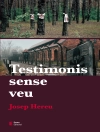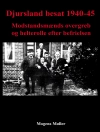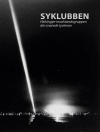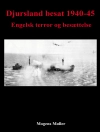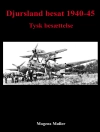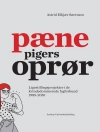The fate of towns and cities stands at the center of the environmental history of World War II. Broad swaths of cityscapes were destroyed by the bombing of targets such as transport hubs, electrical grids, and industrial districts, and across Europe, Asia, and the Americas, urban environments were transformed by the massive mobilization of human and natural resources to support the conflict. But at the same time, the war saw remarkable resilience among the human and non-human residents of cities. Foregrounding the concept of urban resilience, this collection uncovers the creative survival strategies that city-dwellers of all kinds turned to in the midst of environmental devastation. As the first major study at the intersection of environmental, urban, and military history,
The Resilient City in World War II lays the groundwork for an improved understanding of rapid change in urban environments, and how societies may adapt.
Содержание
I. Introduction.- 1. Environmental History, the Second World War, and Urban Resilience.- II. Urban Environment.- 2. Critical Networks.- 3. Fortress City: The Militarized Landscape of Seattle.- 4. War and Urban-Industrial Air Pollution in the UK and US.- 5. Imagined Resilience.- III. Urban Nature.- 6. Guerrilla Gardening? Urban Agriculture and the Environment.- 7. Gaining Strength from Nature.- 8. Resilience behind Bars.- 9. Where Have all the Pigeons Gone.- IV. Urban Society.- 10. Partial Resilience in Nationalist China’s Wartime Capital.- 11. Japanese-Occupied Hanoi.- 12. The Esteros and Manila’s Postwar Remaking.- 13. Apocalyptic Urban Future.- V. Conclusions.- 14. Epilogue: What Makes a City Resilient?
Об авторе
Simo Laakkonen is Senior Lecturer of Landscape Studies at the University of Turku, Finland.
J. R. Mc Neill is Professor of History at Georgetown University, USA.
Richard P. Tucker is Adjunct Professor of Environmental History at the University of Michigan, USA.
Timo Vuorisalo is Senior Lecturer of Environmental Science at the University of Turku, Finland.


